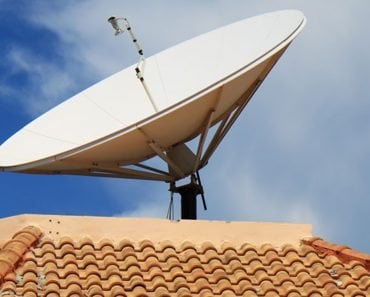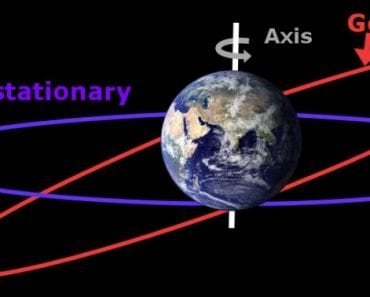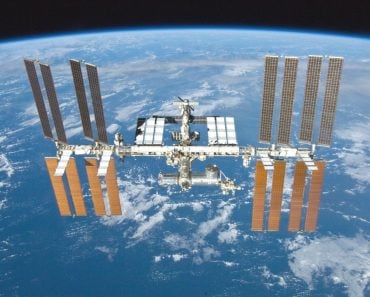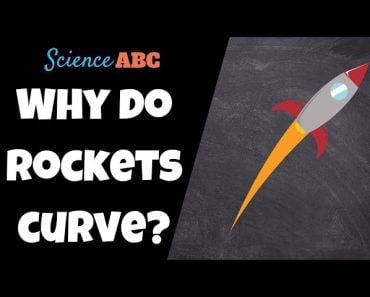Table of Contents (click to expand)
Satellites communicate using electromagnetic waves. Communication can occur on Earth or in space, and devices communicate with different types of waves. For example, TV remotes use infrared waves, and phones use microwaves.
Google Earth allows you to visit any place on Earth, yet what do most people do? Look at their own houses. Google Earth doesn’t just show you high-resolution pictures; like Scrooge on one of his ghosts, you are practically tossed there, as you can witness walking pedestrians and live traffic!
But how does Google Earth achieve this feat?
With satellites!
Recommended Video for you:
What Is A Satellite?
A satellite is not just a mechanical box floating in space with solar panels attached. It’s an object that orbits a planet. The moon is a natural satellite, and man-made satellites are launched for communication and navigation.
To place a satellite in a stable orbit around Earth, it must overcome Earth’s gravitational pull and air resistance in the lower atmosphere. The escape velocity for a satellite is around 7 miles per second. Even after escaping Earth, the pull of gravity contests a satellite’s tendency to remain in its orbit.
Satellites come in two types: Polar and Geosynchronous or Geostationary.
Polar satellites hover over the poles and monitor the Earth as it rotates beneath them so they can eventually scrutinize the entire Earth.
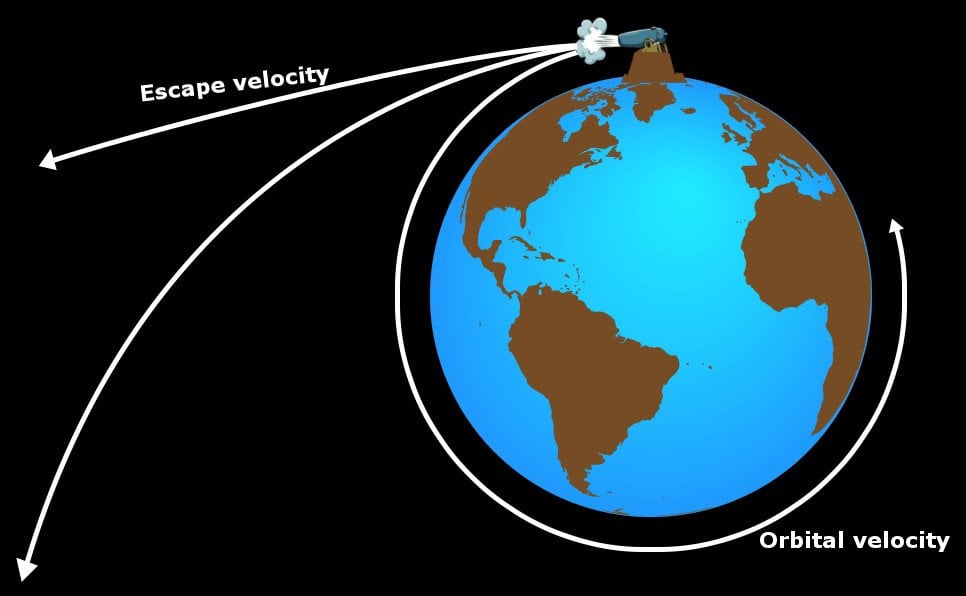
Geosynchronous or Geostationary satellites are attached to a specific location, and their rotation is synchronized with the Earth’s rotation. These are used to monitor or communicate with receivers in a particular area.
The velocity required to keep a satellite in orbit is much higher and is known as the orbital speed, which is around 17,000 miles per hour.
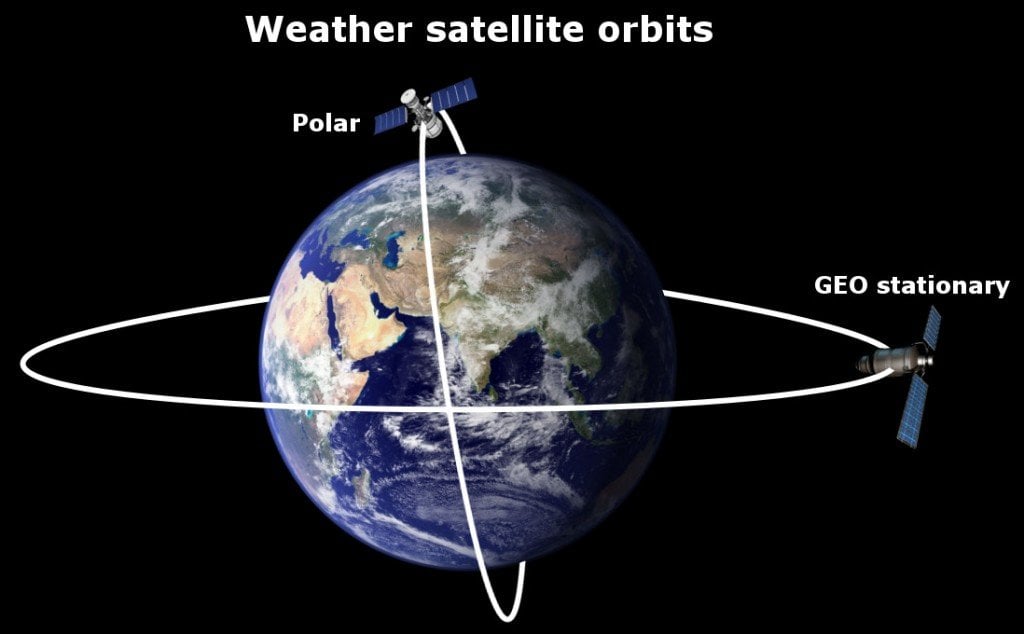
The velocity to keep a satellite in orbit is much higher, known as the orbital speed, which is around 17,000 miles per hour.
Anatomy Of A Satellite
Attitude Control
Satellites need to take accurate measurements while orbiting without any wobbling. Therefore, they are regularly stabilized through a process known as attitude control. Gyroscopic motion is utilized to stabilize their position and orientation with respect to the object they’re orbiting. Without proper stabilization, a satellite may deviate from its intended path and provide inaccurate results, making it unreliable. For three-axis stabilization, gyroscopes can rotate up to 6,000 RPM, while spin-stabilized cylindrical satellites require a rotation of around 60-70 RPM.
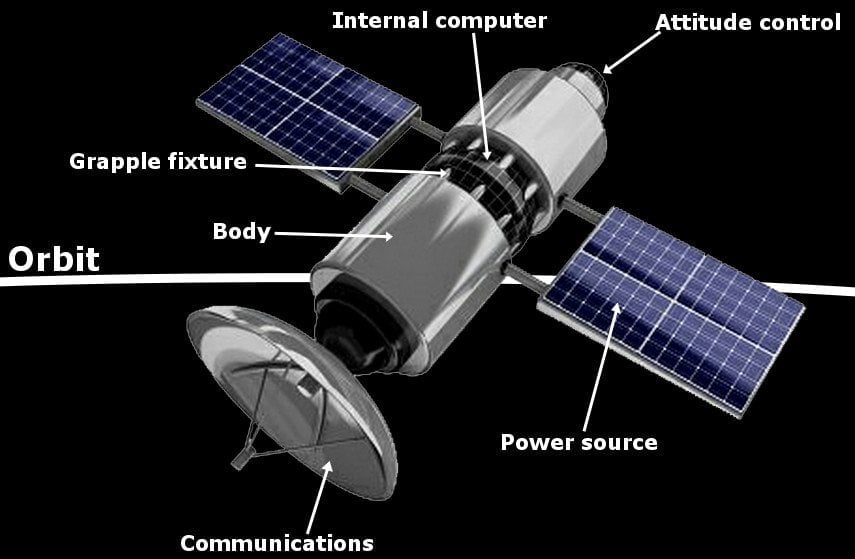
Body Or Bus
The body of a satellite contains scientific equipment necessary for its functioning. It is designed specifically to transport the equipment securely into space, and engineers must consider various objectives while designing and developing the body.
The outer layer must protect the satellite from space particles or micrometeorites that float in space. Anti-radiation materials shield it from harmful UV radiation from the Sun. It is essential that the satellite maintains a comfortable temperature for proper functioning and conducts heat away from its equipment.
Structures are put in place to support and connect materials. Another primary factor that engineers must consider is economics. The development of the satellite should be cost-effective in terms of its expenditure, longevity, and weight.
Communication
The circuits responsible for communication are known as the satellite’s transponders. A satellite communicates by either transmitting or receiving signals.
Transmitter
The transmitter is a combination of many individual circuits.
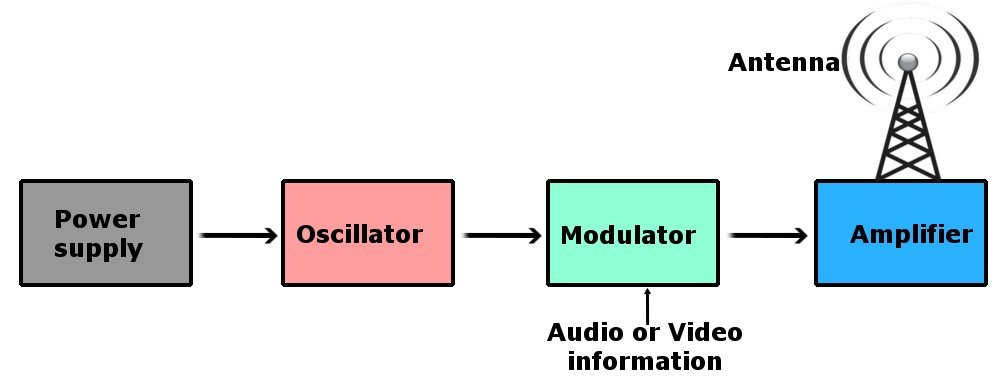
- Power supply: To provide constant power to all the circuits in a transmitter.
- Oscillator: The oscillator circuit generates a radio frequency signal, a sine wave of constant amplitude. This wave is known as the carrier, as it is later combined with the information to be transmitted and literally carries it on itself.
- Modulator: This circuit combines the carrier with the information to be transmitted by varying some parameters of the carrier, such as its amplitude or frequency.
- Amplifier: Satellites also use amplifiers to amplify a weakened signal and retransmit it to other satellites.
- Antenna: This amplified signal is passed to the antenna, which uses reflectors to spew and radiate the signal as radio waves toward the receiver.
Receiver
The receiver intercepts the transmitted EM wave and extracts the information inside it to be used. The receiver consists of circuits that mirror a transmitter’s circuits.

- Antenna: The antenna converges the radio waves through a reflector. The waves are further converged by foci, passing through twists and turns to finally reach the circuits where they are processed.
- Amplifier: As the signal travels through a medium, some of its energy is attenuated, so it’s amplified again at the receiver’s end.
- Tuner: The receiver receives multiple signals on various frequencies from different transmitters. A tuner is used to listen to a particular signal that you want to hear.
- Detect: The receiver then demodulates the signal or extracts the required information from the carrier signal.
- Amplifier: The information is amplified again at the end to strengthen it and make sure it’s delivered with sufficient power.
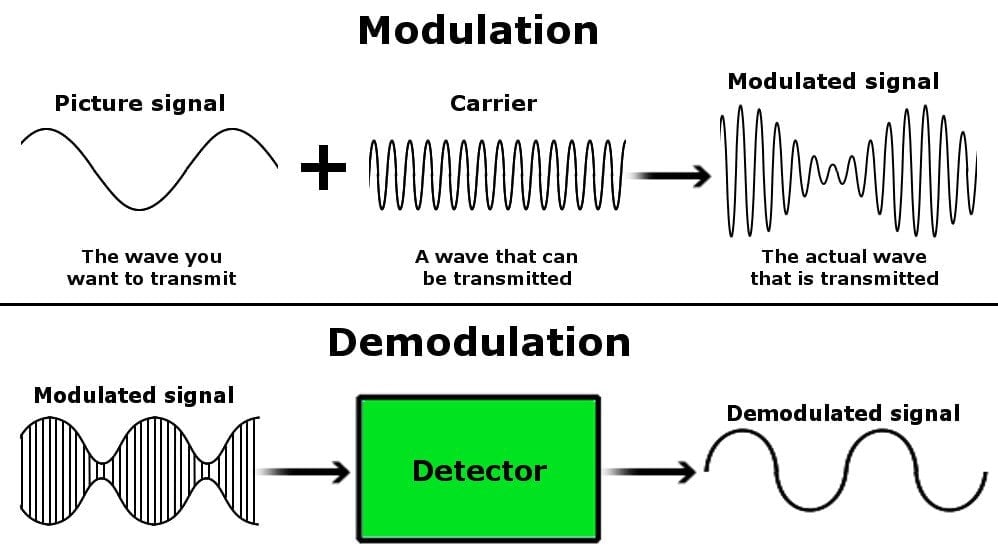
Power Source
A satellite must operate 365 days a year, 24/7, revolving and collecting data. The most readily available source of power is the Sun, but even the Sun is screened by the Earth during eclipses. This is why high-performance batteries accompany solar cells.
Command And Control Systems
This is the satellite’s brain and includes the Tracking, Telemetry, and Control (TT&C) system, which monitors and controls all of the satellite’s parameters, stores and analyses all the data, and governs its communication with one or more satellites.
The data consists of scientific information or telecommunication signals, the satellite’s position, and health information.
How Does A Satellite Communicate?
Communication between devices can occur using different parts of the electromagnetic spectrum. For instance, TV remotes use infrared waves, while phones use microwaves. The specific frequency used depends on factors such as the size of the antennae and the distance between devices.
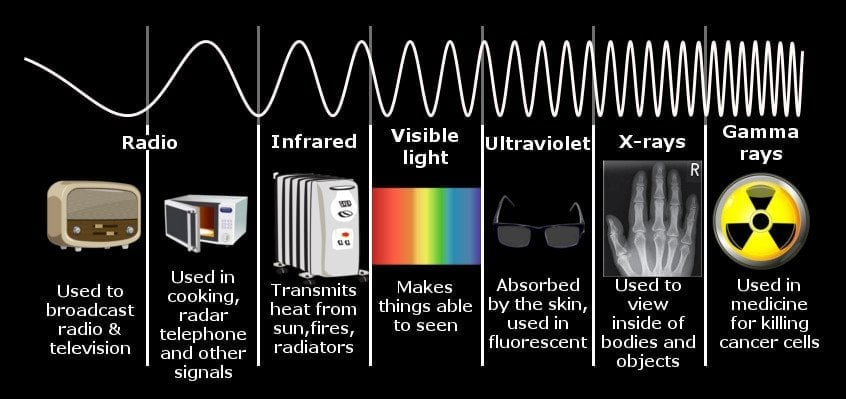
Waves can change direction and travel around obstacles through diffraction. Diffraction occurs when the wave’s wavelength is similar to the size of the obstacle. Radio waves have a long wavelength, making them ideal for diffracting around buildings and mountains.
Satellites communicate by transmitting radio waves that are reflected by the ionosphere, a layer of charged particles in the Earth’s atmosphere. This technique is used when two satellites on Earth are not in direct line of sight due to the curvature of the Earth. The transmitting antenna projects the waves at specific angles of incidence, and the ionosphere reflects them towards the receiver.
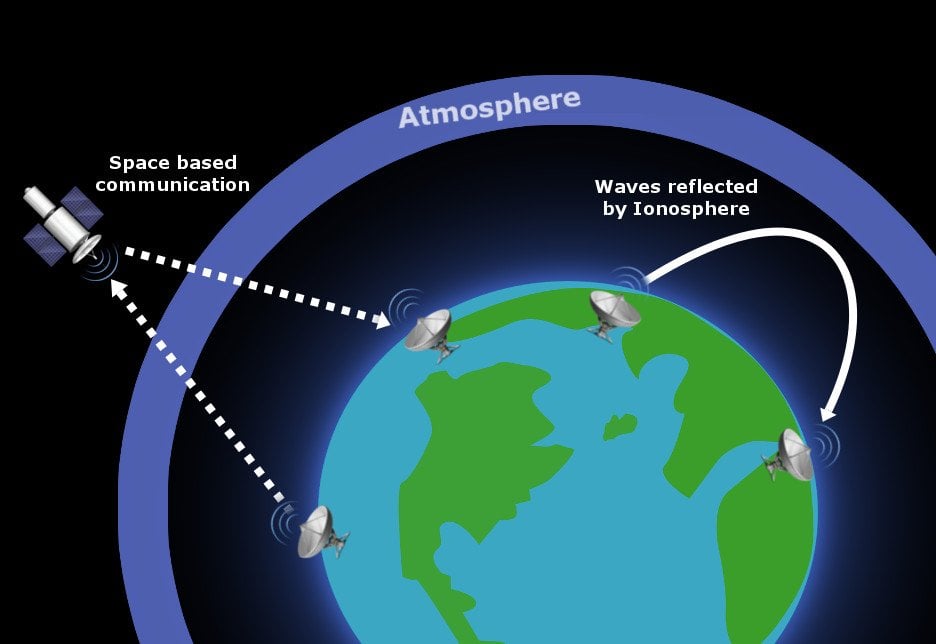
In addition to the ionosphere, satellites can also communicate with each other using a space satellite. These satellites act as mirrors, reflecting signals towards the receiving satellite. They also amplify and re-transmit signals, which can be weakened due to dissipation and absorption in the atmosphere.
Bandwidth And Transmission
The radio spectrum comprises a range of frequencies on which information can travel. However, communication only occurs on specific frequencies set by The International Telecommunication Union based in Geneva, Switzerland. The frequencies are grouped together to form bandwidths. They can either be Narrow-band signals (kHz), which are used for limited services, such as paging and low-data communication, or Broadband signals (MHz), which are used for advanced communication, such as video transmission.
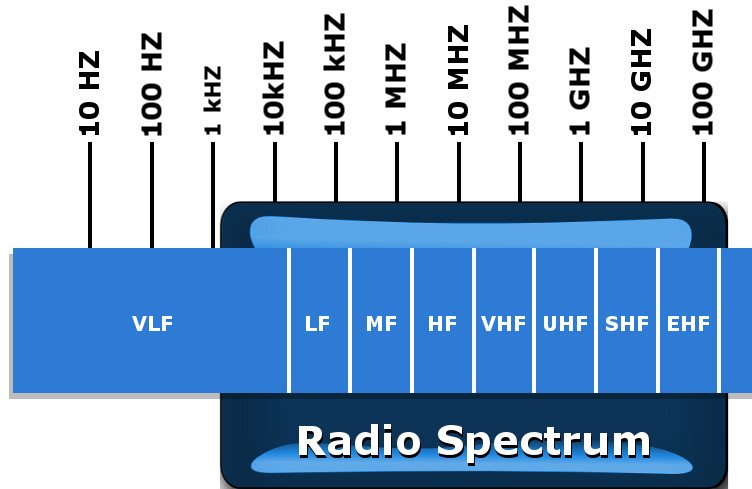
Transmission from a station on Earth to a satellite in space is called an uplink. The satellite then amplifies it and reroutes this signal – on a different frequency – back to the Earth to one or more receivers. This is called a downlink. The area covered by the radiation on Earth is called its footprint.
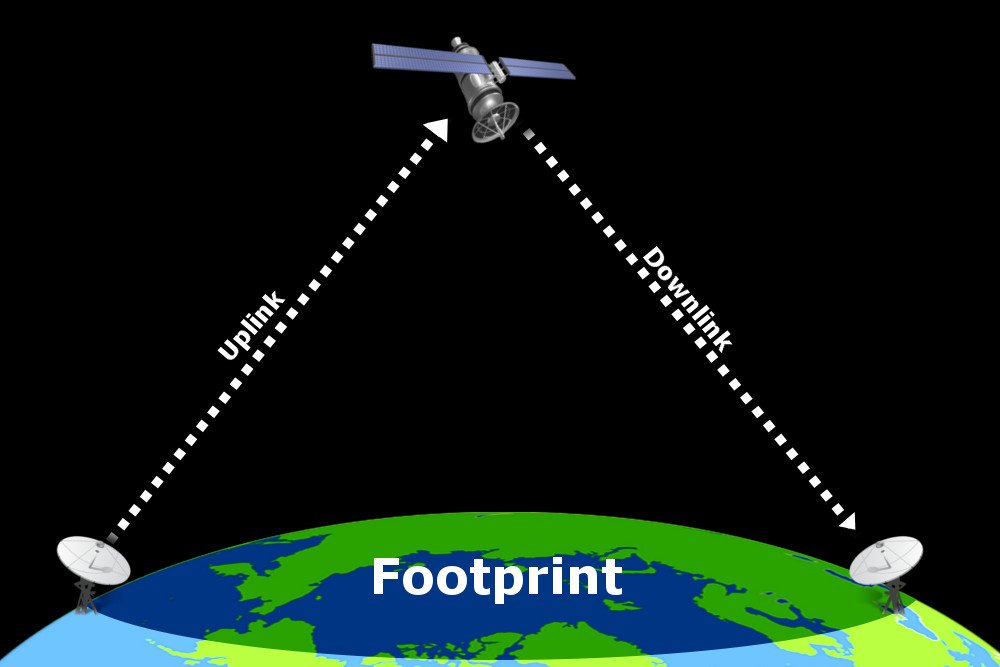
Satellites are extremely useful devices that help us comprehend the incomprehensible geography of our planet. Although satellites have lately gotten a bad reputation, as they allow nosy tech-giant advertising corporations and security organizations to keep us under constant surveillance and disrespect our privacy, they still connect us to people across the globe through our phone or computer screens and help us reach those people by navigating us one turn at a time.
Last Updated By: Ashish Tiwari
References (click to expand)
- Traon, P. Y., Gaspar, P., Ogor, F., & Dorandeu, J. (1995, September 26). Satellites work in tandem to improve accuracy of data. Eos, Transactions American Geophysical Union. American Geophysical Union (AGU).
- Evans, B. G. (2014, September). The role of satellites in 5G. 2014 7th Advanced Satellite Multimedia Systems Conference and the 13th Signal Processing for Space Communications Workshop (ASMS/SPSC). IEEE.
- Investigation of Prediction Accuracy, Sensitivity, and ....
- Space Communications and Navigation Fun Facts.


